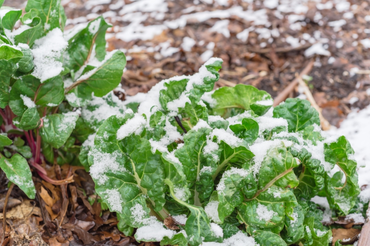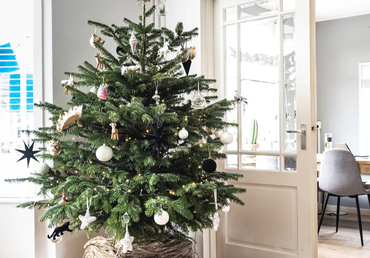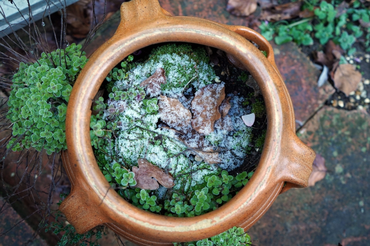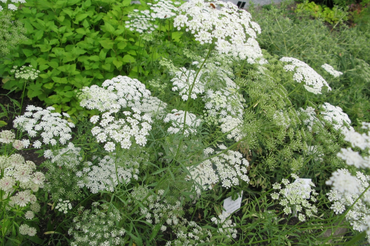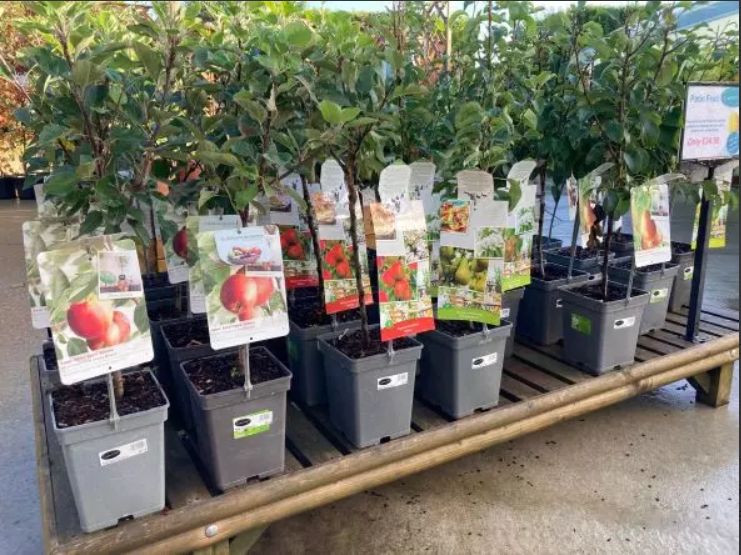
Fruit Trees & Fruit Bush Time!
Fruit trees and bushes are the gifts that keep on giving. Once they are well established and healthy they should continue to produce fruit for many years. The good news is that now is an excellent time to plant fruit trees and fruit bushes in your garden, and we have some helpful tips to get you started.
Why Plant Fruit Trees in Autumn?
Trees stop growing in the autumn and refocus their energy on the roots rather than the leaves. This means they can be dug up more easily and replanted while the ground is still relatively warm. Bare root trees are trees grown in the ground rather than in a container. Nurseries dig them up in the autumn when they are dormant, and they are cheaper to buy compared to fruit trees in containers. Planting fruit trees in the autumn is less of a shock to the tree and it gives them time to get established before spring comes back around.
Choosing a Fruit Tree
Think carefully about your garden and how much shade the tree will provide once it is fully grown. Some trees grow faster than others. Consider what wildlife the tree or bush will attract and whether you will need to protect it from voracious pests hunting for a fruity snack. What fruits do you enjoy? It is pointless planting a fruit tree or fruit bush if you don’t like the fruit it produces.
Some popular types of fruit trees are:
Apple Trees (Malus domestica)
Apples are popular and come in many varieties suitable for different climates. They require full sun and well-drained soil.
Pear Trees (Pyrus spp.)
Pears are another popular fruit tree that can be planted in the fall. Like apples, they prefer full sun and well-drained soil.
Plum Trees (Prunus spp.)
Plums come in various types, such as European plums and Japanese plums. They also require full sun and well-drained soil.
Cherry Trees (Prunus spp.)
Cherries, both sweet and sour varieties, can be planted in the autumn. They need full sun and well-drained soil.
Peach Trees (Prunus persica)
Peaches are delicious but require a bit more care and attention than some other fruit trees. They need full sun, well-drained soil, and protection from late frosts in some regions.
Apricot Trees (Prunus armeniaca)
Apricots are similar to peaches in their care requirements and can be planted in the fall.
Fig Trees (Ficus carica)
Figs are well-suited to warmer climates and can be planted in the autumn in those regions. They require full sun and well-drained soil.
Persimmon Trees (Diospyros spp.)
Persimmons are unique and flavorful fruit trees. They prefer full sun and well-drained soil.
Carpenters Nursery also sells fruit bushes, including gooseberries, raspberries, black and redcurrants, loganberries, rhubarb, and tayberries.
Before choosing a fruit tree or bush, check whether it needs another tree for cross-pollination. Some do, and if there isn’t a second tree, you don’t have any fruit. If your garden isn’t large enough to accommodate two full-grown trees, go for a self-fertile variety.
If you are short on space, stick with fruit bushes instead or choose a dwarf variety of tree.
Prepare the Tree
Prepare your fruit trees before putting them in the ground. Soak the roots well in a bucket of water for around two hours.
Prepare the Ground
Next, prepare the ground for your fruit tree by removing all perennial weeds, including the roots. If you are planting a fruit tree in a grassy area, make sure there is a three-metre grass-free perimeter around the tree, so it doesn’t have any competition for nutrients and water.
Dig over the soil thoroughly and if it is sandy or full of clay, fork some compost into the entire area to provide extra nutrients.
Dig a hole large enough to accommodate the roots so they are not too compacted. Push a support stake into the soil to keep the tree steady. Place the tree in the hole and backfill it with soil, making sure there are no air pockets. Firm the soil down without compacting it too hard. Water the tree well to help settle it in.
Finally, consider whether you will need to protect the young tree from rabbits or deer.
Visit Carpenters Nursery to explore our wide range of fruit trees and bushes, from apples and pears to raspberries and gooseberries. Our knowledgeable team can help you choose the right varieties for your garden and give advice on planting and care.

